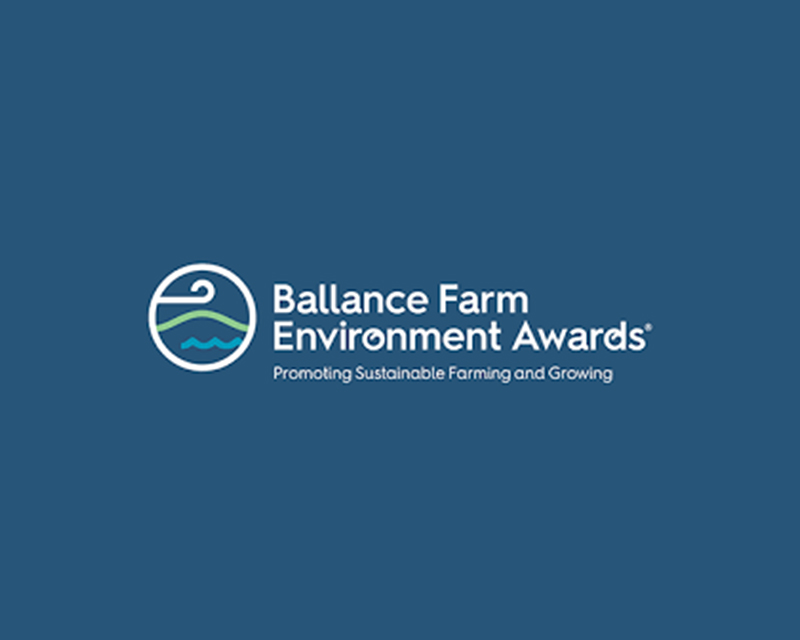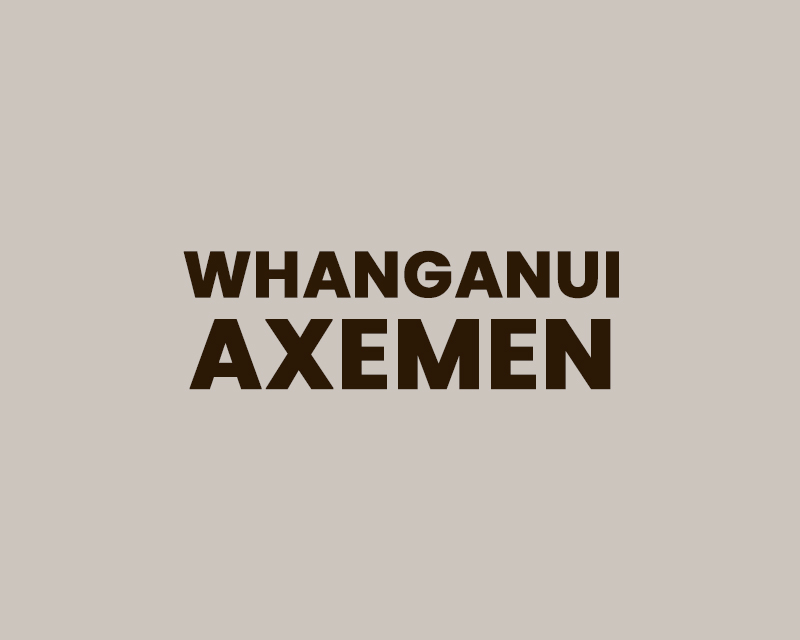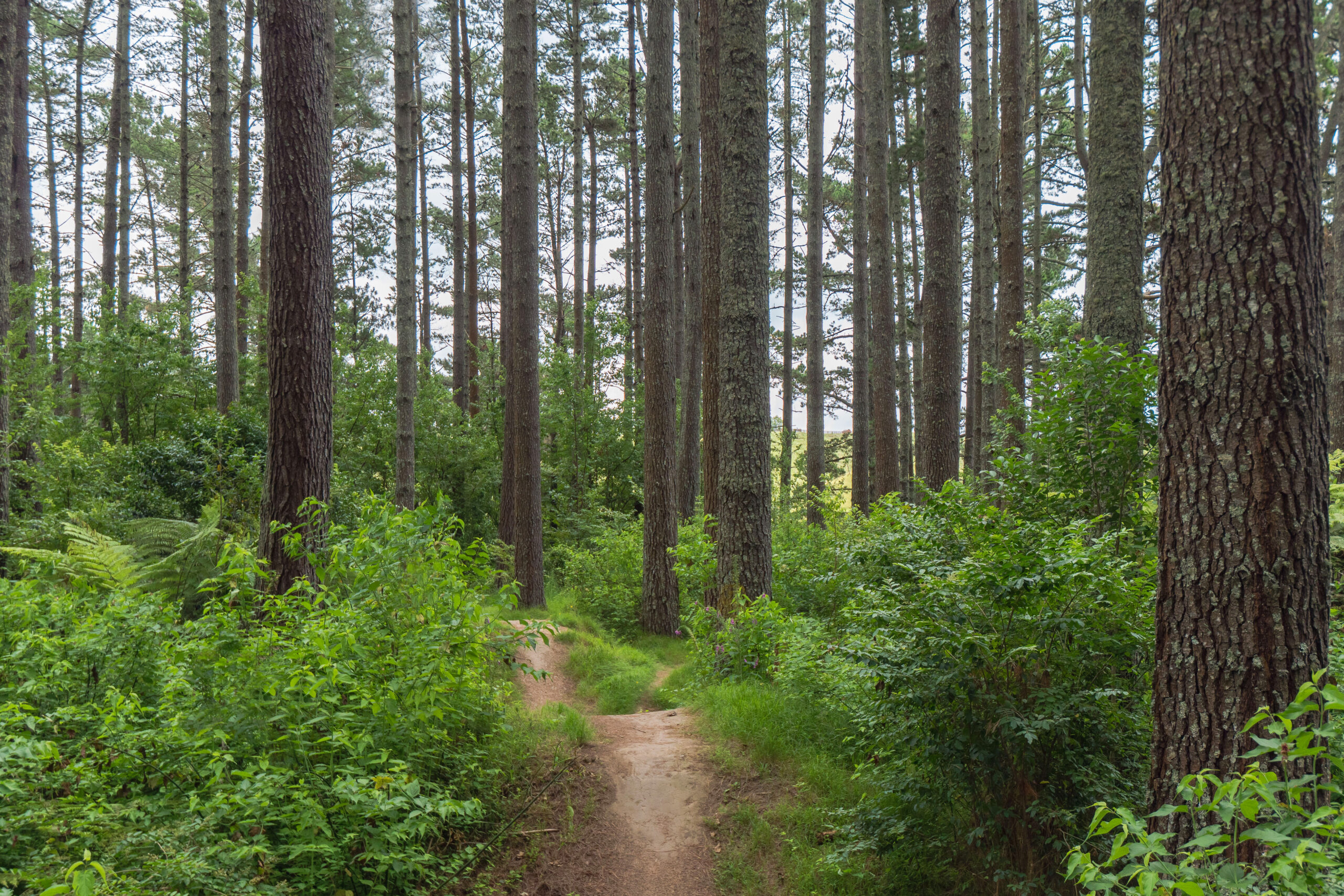
What carbon accounting model is best for my forest in the Emissions Trading Scheme?
When a forest owner is registered in the Emissions Trading Scheme (ETS) they are allocated carbon credits as their forest grows and sequesters carbon. In June 2020 the New Zealand Government passed legislation which sought to improve the Emissions Trading Scheme. These improvements included changes to the ways carbon is accounted and granted within the ETS. This means that there are now three models of carbon allocation.
A forest registered between 2019 and 2022 could enter under 3 different models:
- Sawtooth
- Averaging
- Permanent
The key question for forest owners is, what model is best for me and my forest? This article aims to provide some insight into how each carbon model works to aid in making a decision.
The main questions to be asked are when thinking about a carbon model are:
- What is the age class distribution of the forest estate?
- When is it planned to be harvested?
- What is the long term strategy for the forest/business?
- What is the risk appetite of the forest owner and what means are available to manage risk?
Model Type | Advantages | Disadvantages |
| Sawtooth | Full allocation of carbon credits | Surrender of credits required at harvest |
| Averaging | No harvest surrender required | Limited volume of carbon credits allocated |
| Permanent | Full allocation of carbon credits | Restricted harvesting activity |
Table 1: Advantages & Disadvantages of various carbon models
Sawtooth carbon accounting
Sawtooth or ‘stock change’ accounting is the current model but will only be available until 31 December 2022. Under the sawtooth model forest owners are allocated carbon as their forest grows but must surrender credits when the forest is harvested.
When a harvest has occurred, the decay, or slow release of carbon from the first rotation harvest and the new growth/carbon sequestration of the second rotation forest must be accounted for.
When these balance out, positive carbon accrual starts again. Figure 1 shows this over multiple forest rotations.
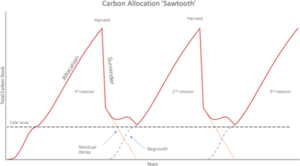
Figure 1: Multiple rotations of carbon allocation and surrenders under the ‘Sawtooth Carbon Model’
Averaging Carbon accounting
Averaging relates to the average volume of carbon that would be stored in a forest over multiple rotations. The assumption is that, as a forest is grown and harvested, total carbon fluctuates but there is an ‘average’ volume of carbon that would be stored in the forest. This will remove the ups and downs (allocations and surrenders) of carbon credits for a forest owner involved in timber production (see Figure 1).
Under averaging, a forest will be allocated carbon up to the ‘average’ level in the first rotation (for Pinus radiata this typically occurs around age 17). No carbon will be surrendered at harvest provided the forest is replanted.
Although you do not have to surrender carbon back at harvest if you replant, in the subsequent rotations you will not receive any further carbon allocation for growing your forest over the same rotation length, e.g., a business-as-usual forestry rotation of 28-years.
The red line in Figure 2 shows carbon allocation up until the long-term average line, approximately 17 years. From this point on no further carbon allocation is granted.
Averaging will be optional for any forest registered between 2019 and 2022, but mandatory from 2023 onward unless you choose to enter the ‘permanent’ category.
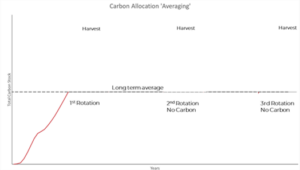
Figure 2: Carbon allocation under the ‘Averaging Carbon Model’
Permanent carbon accounting
The ‘permanent’ category involves committing to growing a forest for a minimum of 50 years. This category will replace the permanent forest sink initiative and will be available after 2022. Selective harvesting is permitted under this model provided a canopy cover of over 30% is maintained.
Carbon allocation is granted via stock change/sawtooth accounting whereby forest owners receive the full allocation of credits as their forest grows. If the forest is impacted by an adverse event, no surrender liability exists provided the forest is replanted.
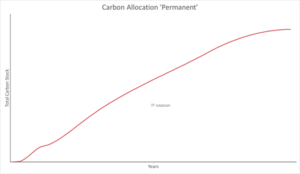
Figure 3: Carbon allocation under the ‘Permanent Carbon Model’
Summary
The most appropriate allocation model always requires a case-by-case assessment. As an example, a bare land planting (out of pasture) is likely to be suited to ‘averaging’ because they will receive a significant number of credits they will not have to surrender at harvest. Any older or second rotation forest will have very little benefit from ‘averaging’ because they will have already reached their ‘average’, this forest should register under ‘sawtooth’ (only available until end of 2022).
The ‘permanent’ category is a great option for any indigenous forests where this is no intent to harvest. Not only does this provide full carbon allocation, but the credits will also be distinguishable in the marketplace and could command a premium price.

